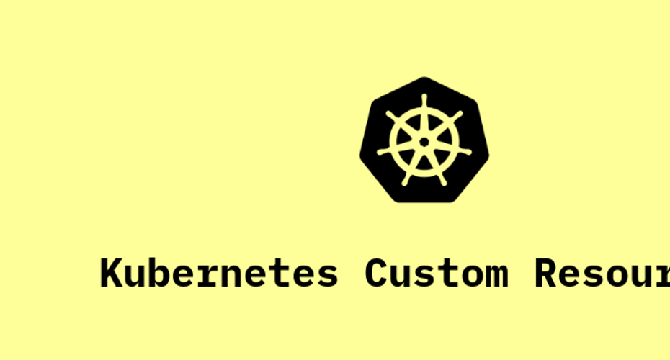Dev
1M
421

Image Credit: Dev
Kubernetes Custom Resources
- Custom resources allow extending the Kubernetes API and defining new resource types to tailor the environment according to specific application needs.
- Custom resources appear or disappear dynamically depending on their registration to allow more modular cluster setups.
- Custom controllers extend the functionalities of Kubernetes resources in working with custom resources.
- Custom controllers allow declaring a desired state of a resource and ensuring the actual state is consistent with that declaration.
- Custom resources are appropriate alternatives for configuring APIs using a declarative model.
- In a Kubernetes dashboard, custom resources should be aggregated to be presented with the native resource types.
- ConfigMaps are a good fit for frequently rolling updates, as they can easily be fitted into any given deployment strategy.
- Aggregated APIs are flexible in terms of custom storage solutions, validation features, and custom business logic, making them suitable for advanced usage.
- When using custom resources, exhaustive testing and monitoring, as well as proper authentication and access privileges, are necessary to prevent unauthorized access and resource overloading.
- Understanding when to use CRDs versus Aggregated APIs is crucial for effectively leveraging extensibility in Kubernetes.
Read Full Article
25 Likes
For uninterrupted reading, download the app